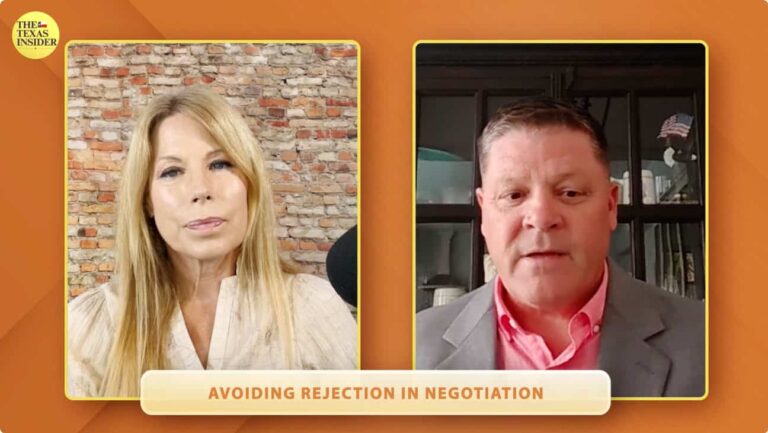Ask a roomful of colleagues to define “negotiation,” and you’ll get all different answers. This excerpt from Dave DeSantis’ webinar with GreenWave helps you get your team on the same page and confront their biggest fear in negotiation. (Excerpt is courtesy of GreenWave Commissions)
Here is the transcript from the GreenWave Commissions webinar.
Dave DeSantis: When we think of negotiation, and we’ve done this around the world in many different seminars and working with leaders all over, we always start with the question to our audience, “What is negotiation to you?” And I’m not gonna go through the interactive piece here, but I’ll just share with you some of the responses that we get back – that negotiation is the art of compromising …..or negotiation is about give and take so all parties get what they want …..or negotiation is about working to get what you want, but maintaining a relationship at the same. And these are all common things that we’ve heard. And for the tens of thousands of people we’ve spoken with, maybe we didn’t get 10,000 different answers, but probably 9,500 or at least 500 crossovers.
When are you in a negotiation?
But when we thought about that or Jim Camp 30 years ago, really thought about that question, hard, you are negotiating when you are asking for a decision, or you’re communicating a decision that you’ve made to someone else.
That’s the telltale sign, you’re in a negotiation. So Jim thought about that a little bit, and he said, okay if we’re gonna take that premise, it’s all about making decisions, either asking for decisions or communicating decisions.
Negotiation Defined
We need a common understanding of the definition of negotiation. And he came up with this definition, that negotiation; the hard definition is the effort to create agreements between two or more parties with all parties having the right to veto.
And that’s really important, the right to veto. And that’s really what hit him. And that’s what makes us a little bit contrarian to many others who push to win-win to drive, to close at all costs. They’re always looking at driving towards a yes. But if you think of the words, the right to veto, it really means the right to say no.
The Way Out
And if you think in, in real terms, when you’re negotiating with someone, (unless you’re with the police and you committed a crime, and you’re going to jail, and you have no way out of it,) you always have a way out, you can always say no. So it really is critical. This concept of the right to veto. And you really start from there because you always have a right to veto.
Here’s the crazy thing. The other side always has the right to veto. This is where all our problems start with negotiation or all our baggage that we have about negotiation begins with. And so what we see is there are three common myths about negotiation that many people ascribe to. It really hurts them long-term.
Next video coming – The 3 Myths of Negotiation





